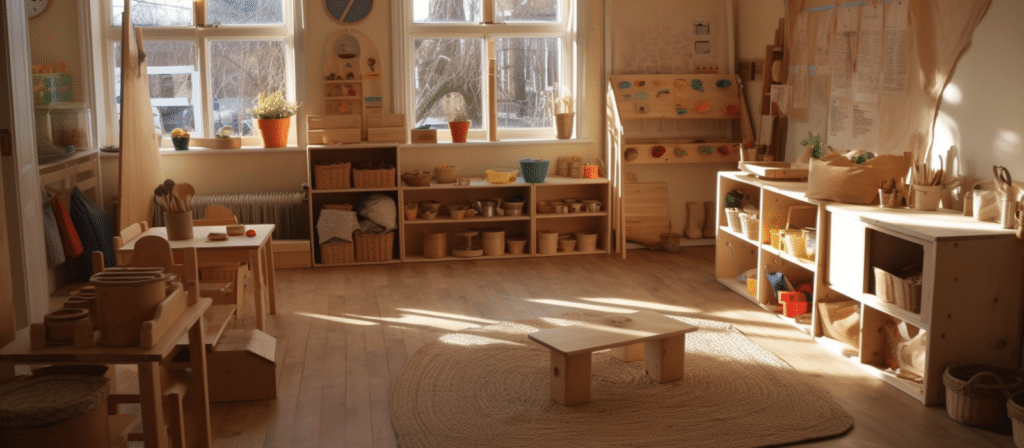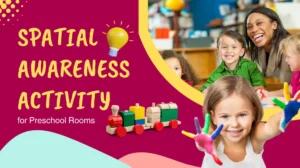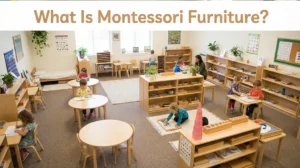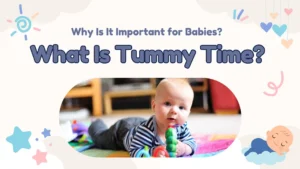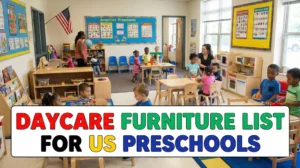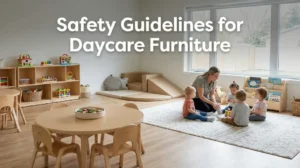Are you looking to create captivating lesson plans for your preschool classroom? Delve into the world of early childhood education with us as we unravel the steps to design effective lesson plans that ignite curiosity and foster learning in young minds.
Planning lessons for young children can be challenging, but with the right approach and a touch of creativity, it can also be incredibly rewarding.
Discover the art of crafting engaging lesson plans that cater to preschoolers’ developmental needs and create meaningful learning experiences. Learn how to make a lesson plan for preschool that encompasses diverse activities, supports various learning styles, and aligns with educational goals.
What Makes a Good Lesson Plan?
A good lesson plan is like a well-crafted recipe – it has all the necessary ingredients to create a successful learning experience. Here are some key elements to consider when creating your lesson plans:
- Clear Objectives: Start by clearly defining the learning objectives for each lesson. What specific skills or concepts do you want the children to learn? Having a clear goal in mind will help guide your planning process.
- Engaging Activities: Preschoolers have short attention spans, so it’s important to keep them engaged throughout the lesson. Incorporate a variety of activities, such as hands-on experiments, group discussions, and interactive games, to make learning fun and exciting.
- Age-Appropriate Content: Ensure that the content you choose is appropriate for the age and developmental level of your students. Use vocabulary and concepts that they can easily understand and relate to.
- Visuals and Props: Visual aids and props are powerful tools for enhancing understanding and retention. Use colorful charts, flashcards, and real-life objects to make abstract concepts more tangible for young learners.
- Assessment and Feedback: Regularly assess the students’ progress and provide feedback. This will help you gauge their understanding and make any necessary adjustments to your teaching approach.
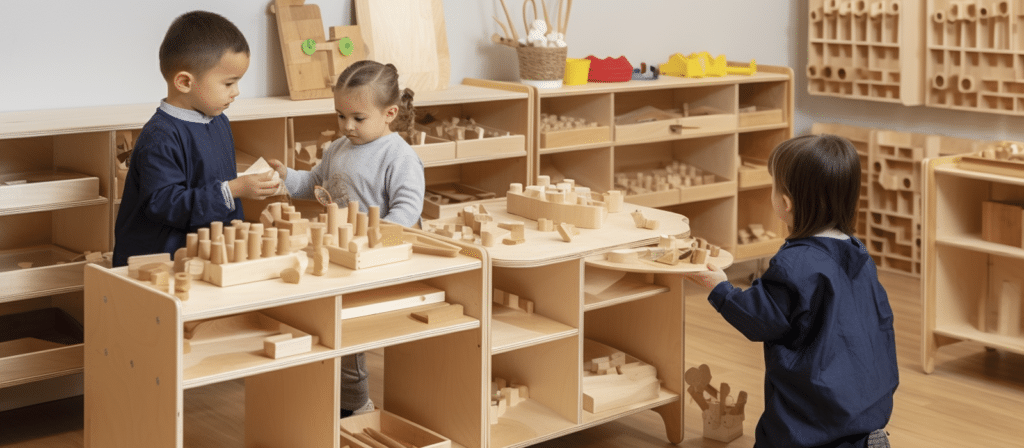
Planning Process
Now that we have a clear idea of what makes a good lesson plan, let’s dive into the planning process itself. Here is my step-by-step guide to creating effective lesson plans for preschoolers:
Step 1: Identify the Learning Objective
Start by identifying the specific skill or concept you want the children to learn. For example, if you are teaching colors, your objective might be for the children to be able to identify and name different colors.
Step 2: Choose Engaging Activities
Next, brainstorm a list of activities that will help you achieve the learning objective. Be creative and think outside the box! For example, you could play a color matching game, create a rainbow collage using colored paper, or go on a color scavenger hunt.
Step 3: Gather Resources
Collect all the resources you will need for each activity. This could include materials like art supplies, books, worksheets, or even online resources.
Step 4: Create a Schedule
Map out your lesson plan on a daily or weekly schedule. Be sure to allocate enough time for each activity and allow for flexibility in case things take longer than expected.
Step 5: Prepare Visual Aids
Create or gather any visual aids or props you will need to support your teaching. These could include flashcards, charts, or even simple hand-drawn illustrations.
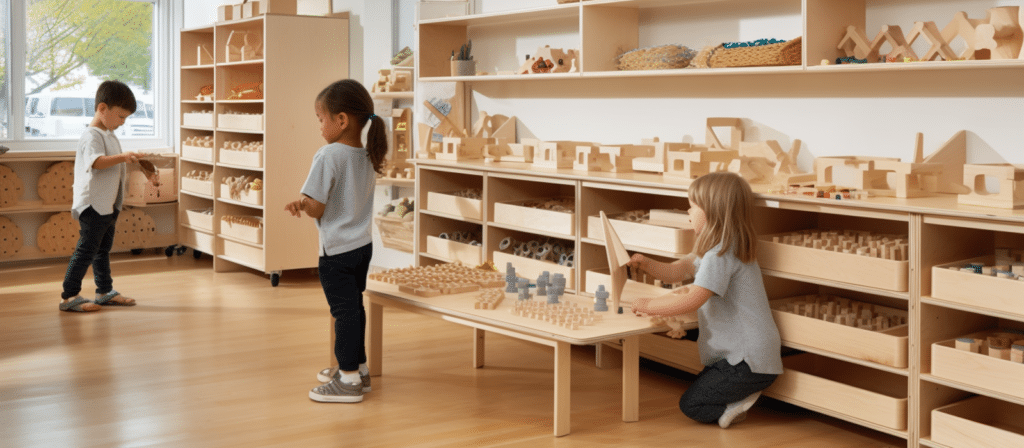
Step 6: Incorporate Movement and Music
Preschoolers learn best when they are actively engaged in the learning process. Incorporate movement and music into your lessons to make them more interactive and fun. For example, you could teach colors through a lively color song and encourage the children to dance and sing along.
Step 7: Assess and Adapt
Regularly assess the children’s understanding of the concepts you are teaching. This can be done through informal observations, quizzes, or simple one-on-one conversations. Use this feedback to adapt your teaching approach and make any necessary adjustments to your lesson plans.
Conclusion
Creating effective lesson plans for preschoolers requires careful thought and preparation. By following these steps and incorporating engaging activities, visuals, and assessments, you can create lesson plans that are both educational and fun. Remember, the key to successful teaching is to keep the children excited and eager to learn. So go ahead, unleash your creativity, and watch your preschoolers thrive!

